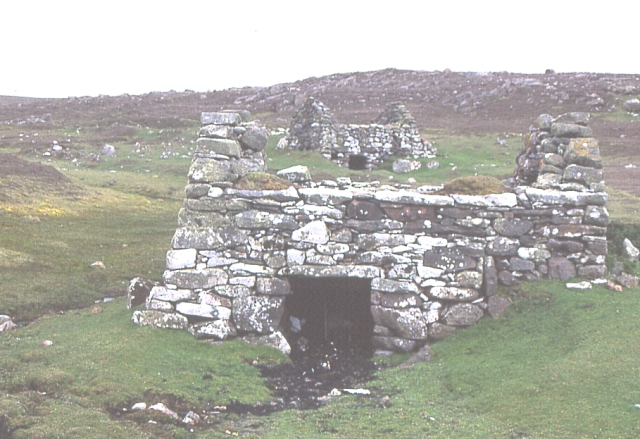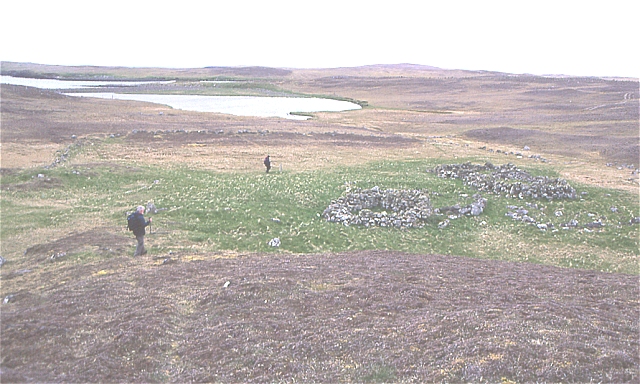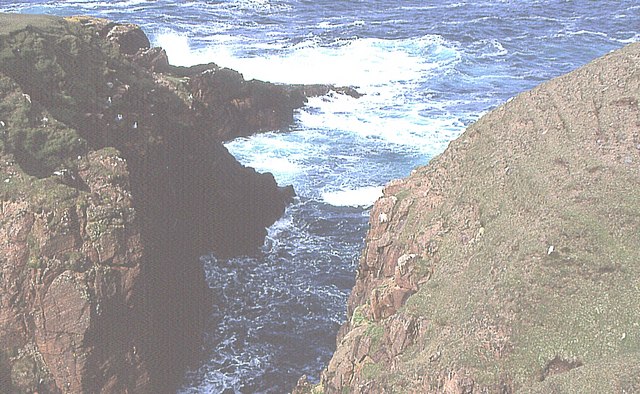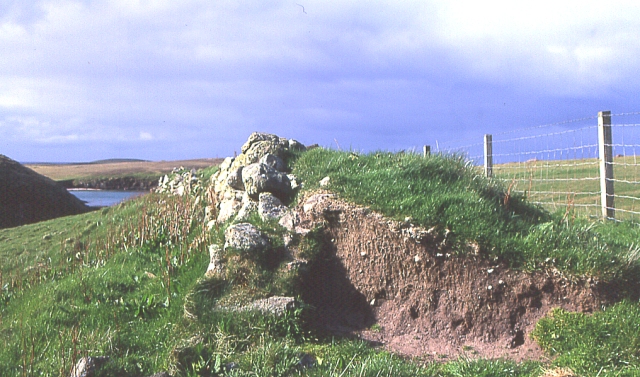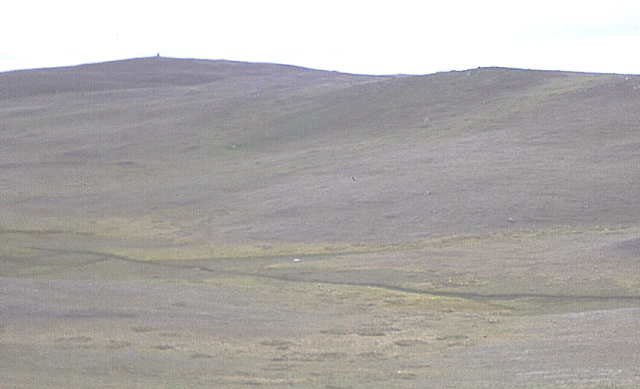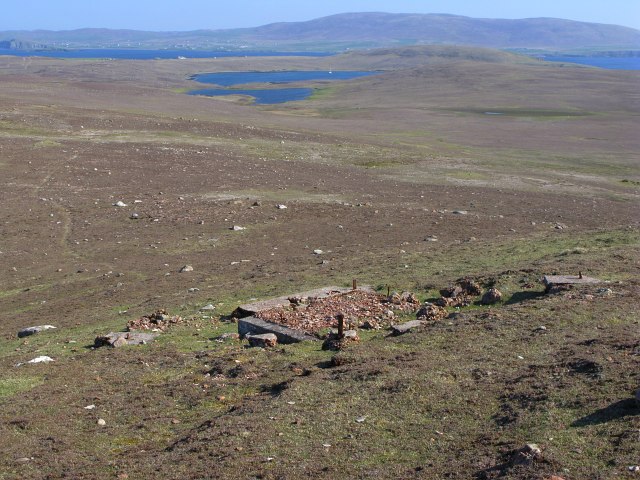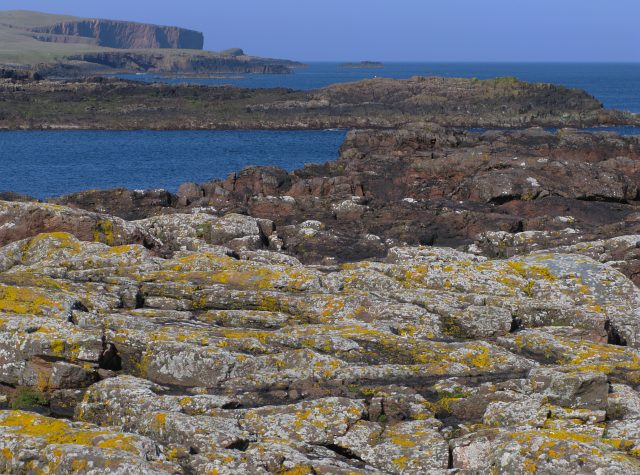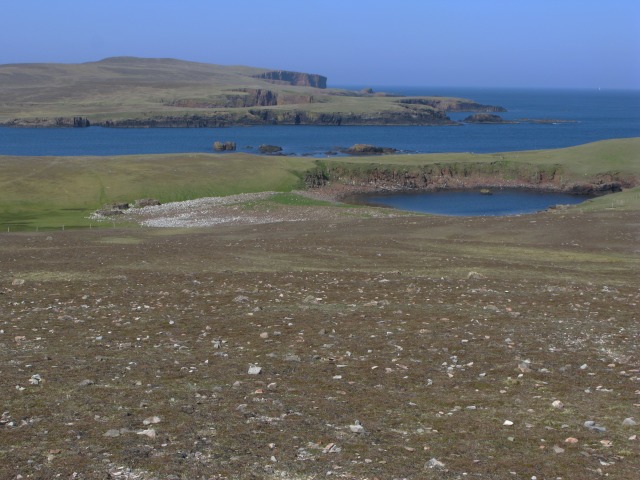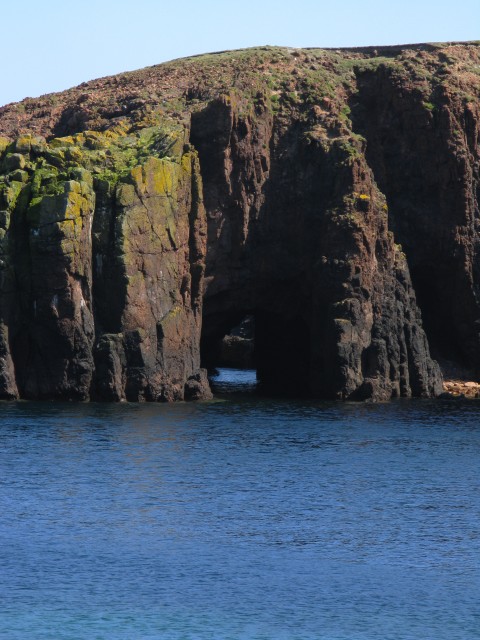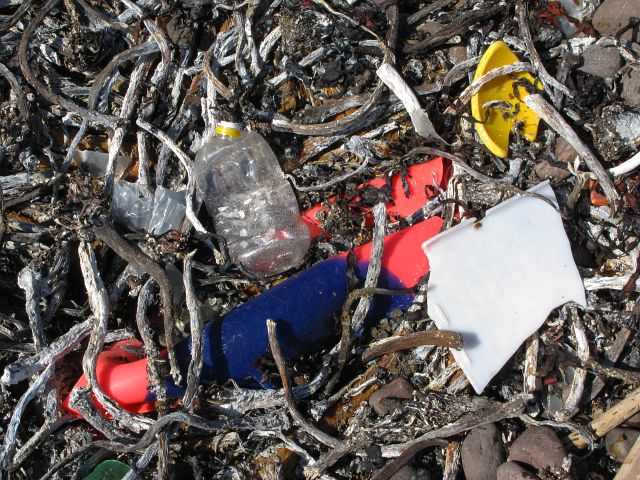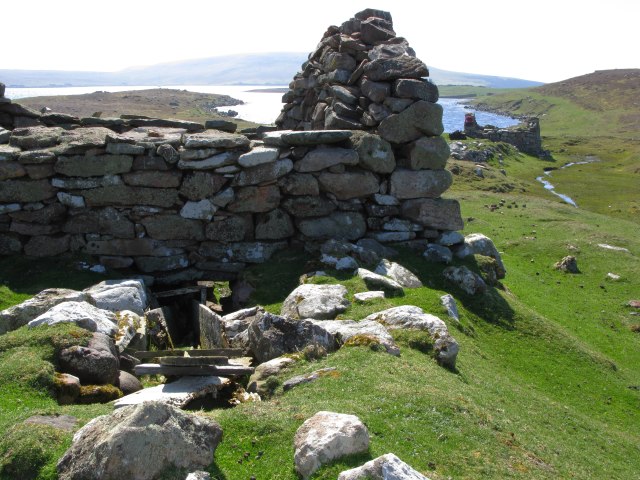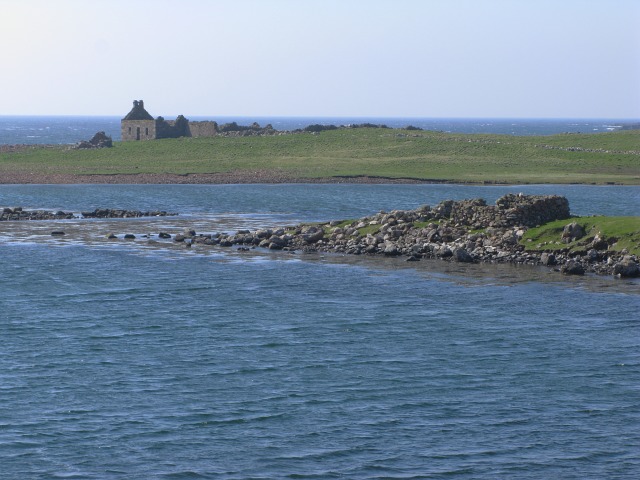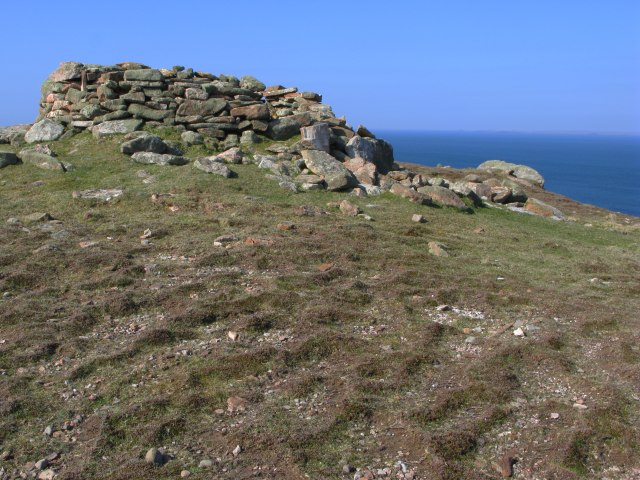Skerry of Lambaness
Island in Shetland
Scotland
Skerry of Lambaness
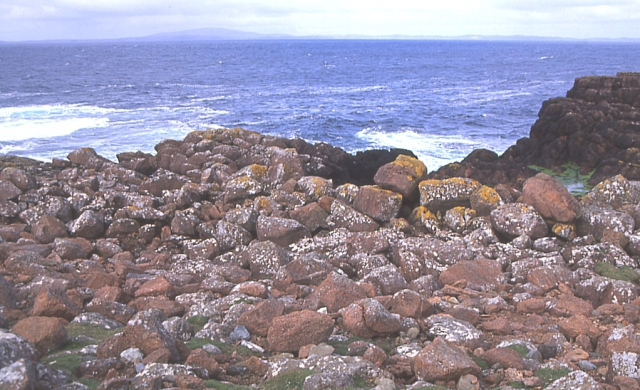
Skerry of Lambaness is a picturesque island located off the coast of Shetland, Scotland. With a total area of approximately 5 hectares, it is a relatively small but stunning destination for nature enthusiasts and birdwatchers.
The island is characterized by its rugged cliffs and rocky terrain, providing a perfect habitat for a variety of seabirds. Visitors to Skerry of Lambaness can witness large colonies of Atlantic puffins, guillemots, razorbills, and kittiwakes nesting on the cliffs. The island is especially renowned for its puffins, with their distinctive colorful beaks and comical appearance.
Access to Skerry of Lambaness is limited due to its remote location, making it a secluded and tranquil spot for wildlife observation. It is recommended to visit the island by boat or organized tour, as there are no facilities or accommodations on the island itself.
Aside from its abundant birdlife, Skerry of Lambaness also offers breathtaking panoramic views of the surrounding sea and neighboring islands. On clear days, visitors can catch glimpses of seals and dolphins swimming in the waters, adding to the island's natural beauty.
Skerry of Lambaness is a protected area, designated as a Site of Special Scientific Interest (SSSI), to preserve its unique ecosystem and ensure the conservation of its diverse bird species. It serves as an important nesting ground and breeding site for several seabirds, contributing to the overall biodiversity of the region.
In summary, Skerry of Lambaness is a remote and enchanting island in Shetland, offering visitors a chance to immerse themselves in the awe-inspiring beauty of nature and witness a thriving seabird colony.
If you have any feedback on the listing, please let us know in the comments section below.
Skerry of Lambaness Images
Images are sourced within 2km of 60.345574/-1.7017803 or Grid Reference HU1662. Thanks to Geograph Open Source API. All images are credited.
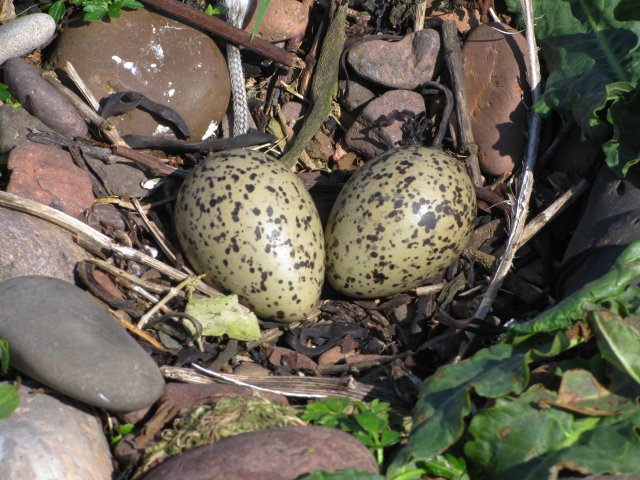
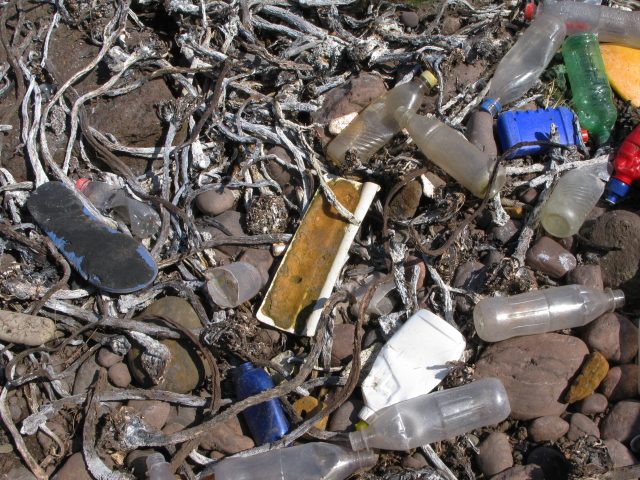
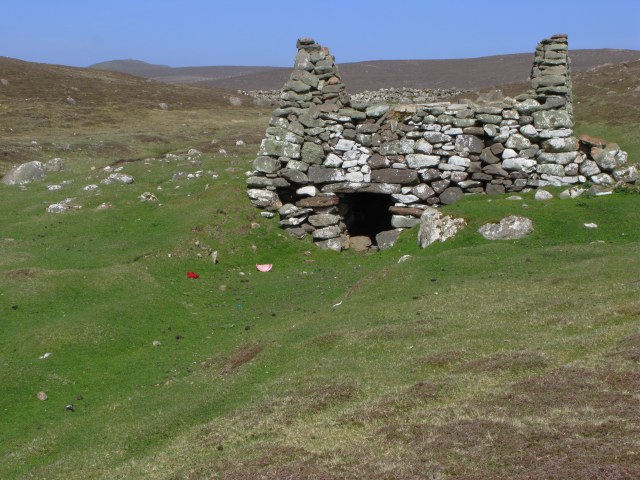
Skerry of Lambaness is located at Grid Ref: HU1662 (Lat: 60.345574, Lng: -1.7017803)
Unitary Authority: Shetland Islands
Police Authority: Highlands and Islands
What 3 Words
///strumming.pencil.shaver. Near Walls, Shetland Islands
Nearby Locations
Related Wikis
Papa Stour
Papa Stour (Scots: Papa Stour) is one of the Shetland Islands in Scotland, with a population of under fifteen people, some of whom immigrated after an...
Biggings
Biggings is a village on the island of Papa Stour, in Shetland, Scotland. Papa Stour's church is situated at the south of Biggings. A homestead of Duke...
Maiden Stack
The Maiden Stack or Frau Stack is a tiny stack in the western Shetland Islands to the north of Brei Holm and east of Housa Voe in Papa Stour. It is so...
Brei Holm
Brei Holm is a tiny tidal islet in the western Shetland Islands. It is due east of Papa Stour, to which it is connected at low tide, just outside Housa...
Have you been to Skerry of Lambaness?
Leave your review of Skerry of Lambaness below (or comments, questions and feedback).
